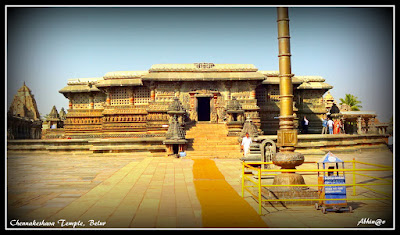Avani, Kolar

Avani, Kolar Avani is a small village in Mulbagal taluk, Kolar district in Karnataka, India, about ten miles from Kolar Gold Fields. The village is located at 32 km from Kolar, the district centre and 32 km 13 km from Mulbagal, the Taluk headquarters. It is a popular location for rock climbing. I set out to Avani on a Sunday evening along with my wife Akshatha and her cousin Sid. We left Bangalore around 4:30 P. M in the evening. We reached Avani around 5:40. Roads were very good upto Mulbagal. From Mulbagal roads were very shabby till Avani which is about 6 kms. Location: Avani Temple Avani is known for the Sita temple situated on a hill. This temple is one of the few temples dedicated to Sitadevi in India. There is a belief that the sage Valmiki, the author of the epic Ramayana, was residing here during the period of Ramayana. Sitadevi lived here in his ashram while in exile. Sitadevi gave birth to her twin children Lava-Kusha here. Even today the room where Sita gav...



